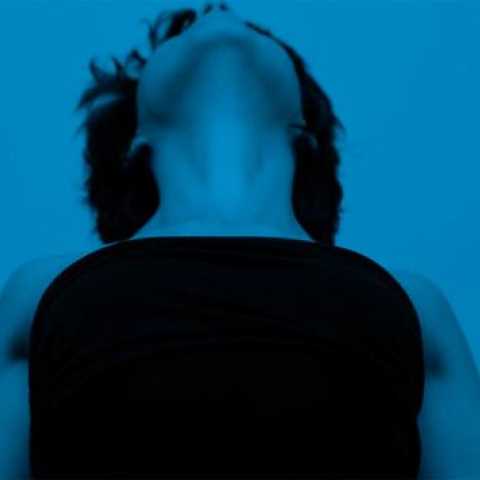Arebyte Gallery
18 Botanic Square
Leamouth Peninsula
London
E14 0LH
United Kingdom

In Residence 2 Sept_Exhibition 8 October - 8 November_Thurs - Sat
12 - 6pm_PV 7 Oct 6-9pm
Rosana AntolÃ's practice juxtaposes drawing, performance and moving image to reveal the
hidden choreographic commands that structure the everyday, in order to resist the
imposition of behaviours, acts and motions.
Virtual Choreography is an interactive online platform working as an open database of
movements, a 'world gesture map' that allows the audience to visualise and upload several
recorded motions created by themselves. The Hackney Wick area will work as AntolÃ's
starting point for a project that will have continuation in different cities and countries
around the world.
For her residency at arebyte gallery, Antolà will research the common gestures and
behaviours of specific zones of Hackney Wick by asking different sectors of the community
for their involvement. This will culminate in a virtual participatory platform and an exhibition
where anyone can lead a new movement to be added in this symphony of gestures.
A total of ten people from ten differing communities in the area will be chosen for their
behavioural characteristics based on observing their normative social and private
behaviours. For ten days the participants will record themselves simultaneously
completing one instructed gesture which will then be uploaded to the website and form
part of the exhibition.
The work references the One Minute Sculptures of Erwin Wurm and is transformed into
what AntolÃ' refers to as One Minute Social Choreography. Through dissemination of the
recorded videos, a network is created gestures are highlighted and accentuated; and
through their willingness to endure and take instructions; their social power and status
becomes obsolete. Here, the term choreography is democratised as everyone who
performs becomes a dancer.
There is also an notion of exchange within the work - exchange between the camera and
the performer, exchange between the artist and the collaborators, and the literal exchange
of movements in the city. Through this exchange, Antoli aims to map the archaeology of
the area and provoke new ways of thinking surrounding the perception of dance and
identity.
